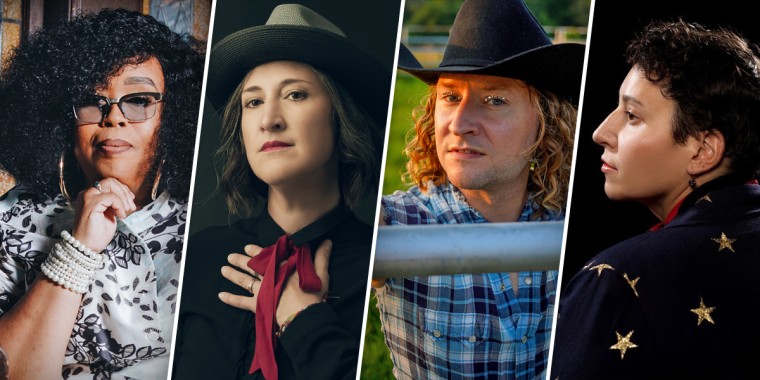NEW ORLEANS — For queer artists, country music has been something of a final frontier. Out musicians are ubiquitous in dance and pop music, but the country genre has been slower to embrace LGBTQ artists and queer themes. Recently, however, there’s been a grassroots movement — aided by social media — to carve a path for queer country artists and expand the themes found in the genre.
Ever More Nest
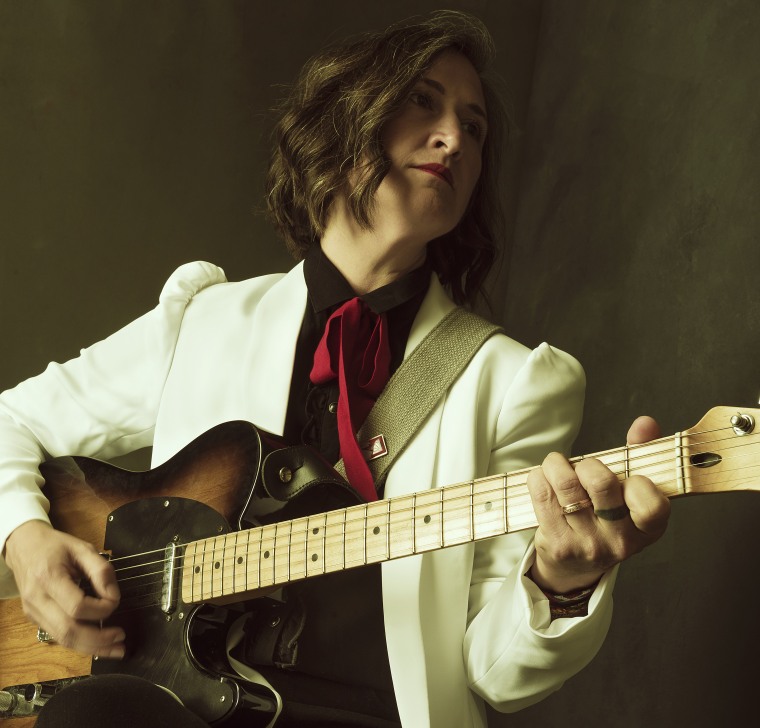
When Kelcy Mae Wilburn, 40, who performs under the name Ever More Nest, was growing up in Shreveport, Louisiana, country music seemed omnipresent, she said.
“In Shreveport, which is very Bible Belt, the musical influences in that region are largely country and blues and gospel,” she said. “I grew up in the church, and so I grew up singing songs out of the Baptist hymnal, and that’s where I learned harmony and really developed an appreciation for distinctly Southern songs. A country station was always on the radio.”
She tried making indie rock when she moved to New Orleans at 18, but it didn’t stick.
“The older I’ve gotten, the more I feel like I’ve developed myself and gone back to these kinds of roots,” Wilburn said of Southern country music.
Unlike mainstream country, which has its roots in Nashville, queer country lacks a geographical home base. Despite this, artists in this musical subgenre have nonetheless created a community — one that has been facilitated by social media, according to Wilburn.
“We really started connecting and creating a scene,” she said. “Artists all across the country are now able to put on events together in different cities.”
One such event, Wilburn said, is the Queer Roots Showcase at the annual AmericanaFest in Nashville. While the event wasn’t an official part of the festival, it ensured that queer musicians had a chance to come together, she said.
“Particularly in the South, it is more important than ever that young people see people who are out making music and writing things and being in life — not just surviving and not having to hide,” Wilburn said. “The priority is visibility for all these people who are being told they have to shut down parts of who they are.”
Lilli Lewis
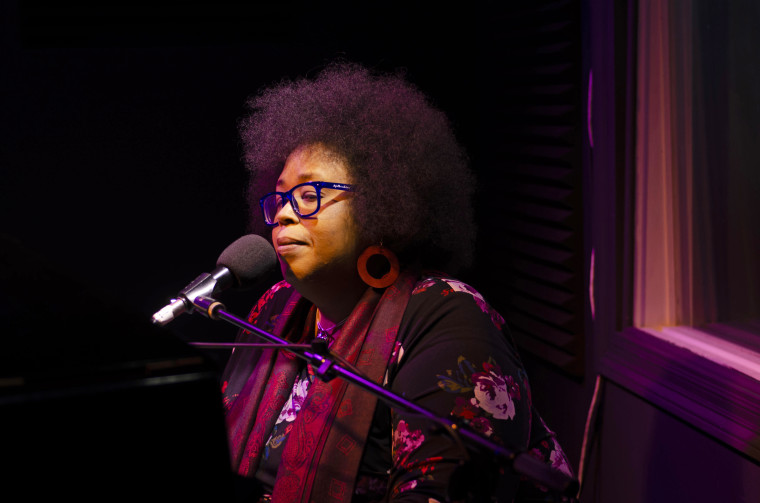
For Georgia native Lilli Lewis, expanding the country genre means focusing on making music that also makes change.
“As long as I can remember, I have felt kind of responsible for healing whatever ailment in the world I’m able to heal,” said Lewis, who’s now based in Bush, Louisiana, just west of the Mississippi border.
Lewis, 47, said one of the healing elements of music, specifically country music, is storytelling. Some of her songs — including “A Healing Inside” on her “Americana” album — serve as a recorded history of her own journey overcoming trauma, she said.
“I wrote it as something of a mantra a few years into my trauma work,” she explained. “I thought its simple melody could serve as bread crumbs as I attempted to reassemble a sense of self that wasn’t based on toxic memory.”
Lewis said writing about her own queer experience is a generous act of bravery that also feels necessary.
“The only way we’ve carved out any space for ourselves is to put it all on the table,” she said. “Queer stories have been sublimated in music for so long that it feels edgy and interesting to have them finally see the light of day.”
But Lewis, who describes herself as “fat, Black and left-handed,” said she doesn’t feel entitled to anyone’s attention because she’s marginalized. “I want to be associated with innovation and excellence,” she said.
She said the queer country movement is part of a long history. But while queer people have long been making country music, she added, they’ve largely tailored it to suit heterosexual norms.
“We’ve been showing straight people how to have and express their feelings so long,” she said. “It’s time we enjoy allowing our music to tell our own stories.”
Lewis cites Ma Rainey and Little Richard as some of the queer musicians who blazed the trail for this generation of artists. Just like those artists, contemporary queer artists are still balancing the work of being seen and telling their own stories with making their music relatable to everyone — without erasing their queerness.
Paisley Fields
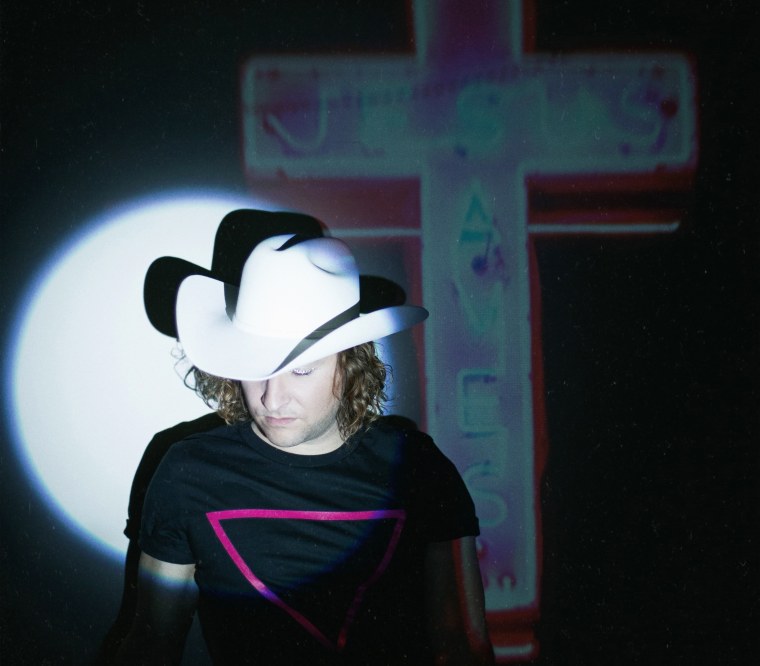
The stories that have been told by country music — and whom they’ve been told by — have historically been limited to straight white artists. Expanding those narratives can be rewarding for artists and fans alike, according to queer country artist Paisley Fields.
“When I play shows, there will be people who come out and say, ‘I never thought I would hear music that I can actually relate to,’” said Fields, who’s based in Nashville.
However, he is quick to note that it’s not just queer fans who can relate to the themes found in his unique disco-country beats.
“There is that whole human experience of feeling like maybe you don’t fit in somewhere or the experience of love or loneliness,” the 36-year-old said of the themes found in his music. “We all experienced the same feelings in our own ways.”
Fields, who grew up in Hudson, Iowa, mentioned his song “Iowa” on his album “Limp Wrist,” where he sings: “Sometimes your hometown isn’t home.”
“I think anyone who has left home can relate,” he said of the song.
And his song “Canyon,” which is on the same album, “speaks about the universal feelings of love and longing,” Fields added.
“My hands are tremblin’ / there’s something I should mention / but there’s a canyon between you and me,” he sings in the song.
Mya Byrne
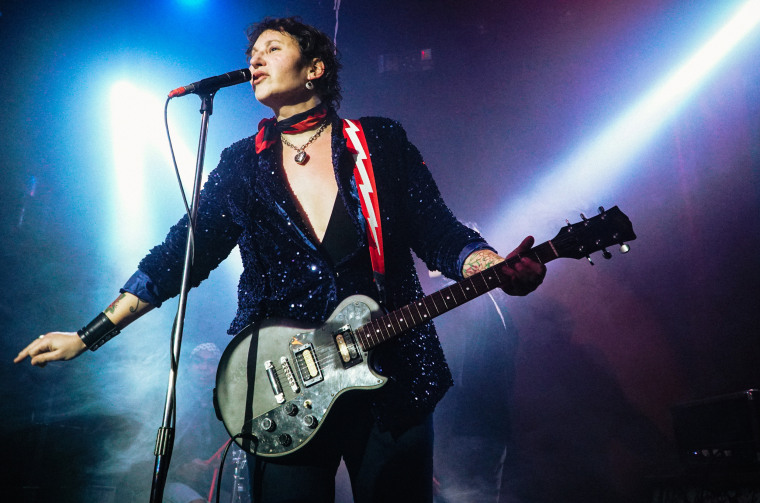
Themes of belonging and home are central to country music, according to Mya Byrne, a 45-year-old New York City-based country artist who grew up in New Jersey.
“Country music in itself is a very diasporadic thing, because we’re all searching for a sense of home,” she said.
A common theme in modern country music is pride in one’s home, while queer country tends to be about the quest to belong, Byrne explained.
“There’s a lot of searching for home or how we make home within ourselves,” she said of queer country music.
In Byrne’s song “Where the Lavender Grows,” she sings about her longing to create or to discover a sense of home: “We’ve come together this far / different paces on the same road / if we stray too much apart / meet me where the lavender grows.”
The idea of queer country music fostering a community for artists and fans can be traced back to the pioneering country musician and activist Patrick Haggerty, according to both Byrne and Wilburn.
Haggerty, who died last year, was part of a band called Lavender Country, which he started in the early 1970s. The band’s first album, also called “Lavender Country,” was one of the first country albums with outwardly gay themes, according to Billboard. The album, originally released in 1973, includes songs with lyrics about queer desire and homophobia.
Byrne said she has been inspired by the concept of “lavender country,” which she described as a sort of queer utopia — “a place where we can all be saved.”
“Wouldn’t it be great if we all had a place we could be together?” she mused.
